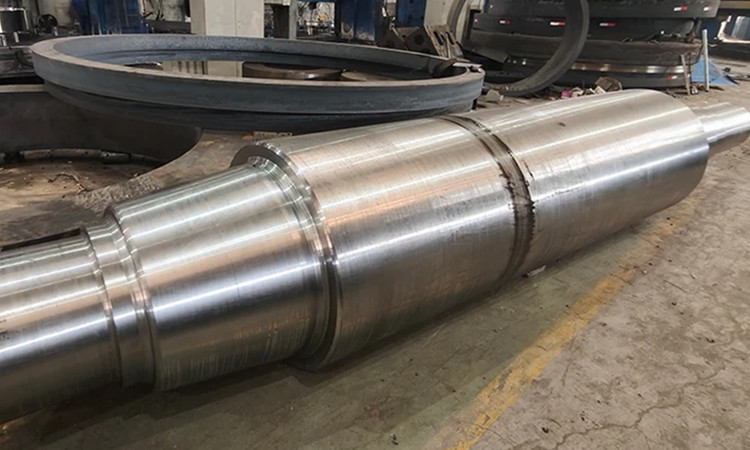- tyler@kirail.com
- +86 15603721115
It is worth mentioning that the accuracy of forging quality inspection results depends not only on the correct test methods and detection technology, but also on the correct analysis and judgment. Only with the correct test methods, but without accurate analysis and judgment, it is impossible to draw appropriate conclusions. Therefore, forging quality analysis is actually the comprehensive application of various test methods and the comprehensive analysis of various test results.
For large and complex forgings, we cannot simply rely on a certain method to solve the problem. From this point of view, it can be said that various test methods complement each other in the analysis process. Various test methods need to be organically coordinated and their respective test results need to be comprehensively analyzed to draw correct conclusions.

At the same time, for the purpose of forging quality analysis, in addition to correct inspection, necessary process tests should be carried out to find out the real cause of quality problems and propose effective improvement measures and preventive measures.
In practical applications, the selection of those detection methods and the use of what detection means should be carried out according to the type of forgings and the specified inspection items. When selecting detection methods and test means, they must be advanced, practical and economical. We should not simply pursue advancement. If one means can solve the problem, do not use two or more at the same time. The selection of detection methods should be based on accurately determining the nature of the defects and the exact cause of the defects. Sometimes choosing a detection method that is too advanced will lead to unnecessary consequences. Sometimes, a detection method that is too advanced will also lead to unnecessary consequences and undue losses.